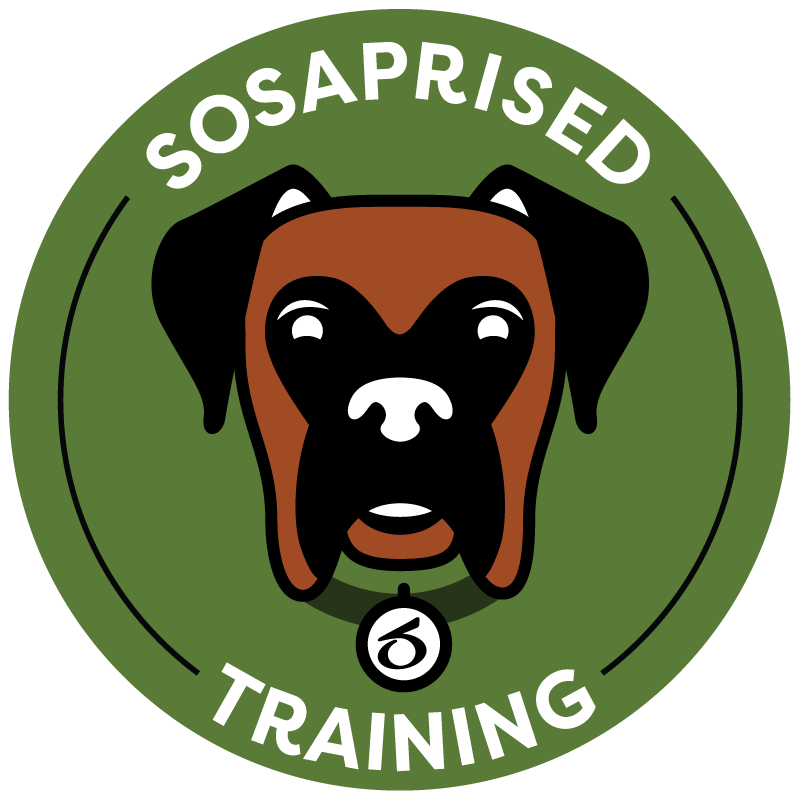Process & Purpose Part 3: Teaching starts with Confidence
The more you align your routines, structures, and decisions in the classroom to your identity, the more consistent and successful you will be, the more comfortable you will feel, and the more trust you will build with your students (because they can smell fear and know when you are being disingenuous).
Aside from revisiting, revising, and adjusting my unit plans from last year, at the start of every school year I also take time to reflect on these questions from Process & Purpose Part 2: Staying true to you: who am I? and who do I want to be for others (my students)?
My Goal: to strengthen my teacher persona
My Purpose: to be the best teacher I can be for my students
Being who you are is the first step in being the best teacher you can be. If you don't know who you are, you will never know who you want to be for your students, you won't be able to fully support who they are, and you won't know if you've ever been the best teacher you can be for them. PERIOD.
Knowing yourself and being true to yourself is critical. Think about it, if you don't know you and your own needs, how could you ever know them and their needs. That is part of culturally responsive teaching - knowing your students, treating them as individuals, and giving them what they need while holding them to high expectations.
Here is my process for strengthening my teacher persona:
Step 1: First, I revisit student responses from the “End of the Year Survey” I give, closing out the school year. Being data-driven helps to ground my work in purpose. I love using student data to drive my teaching because kids are the best mirrors, reflecting me back to me. Here are a few of the questions I ask:
What is one thing Mrs. R could have done to support you better this year?
What is one thing Mrs. R should do differently for her students next year?
What is one thing Mrs. R’s students should know about her next year?
What did you like about Mrs. R Science Class this year?
How could Mrs. R be a better science teacher?
These following three questions, are the foundation of my work in the classroom. Without ‘yes’ responses to these, I can’t be who I am, my students won’t engage in learning from me, and, ultimately, I won’t be successful in the classroom. Therefore, I have my students respond to these questions anonymously multiple times throughout the school year.
Did you know Mrs R cared about you this year? Explain.
Could you tell Mrs. R believed in you this year? Explain.
Did you trust Mrs. R this year? Explain.
Step 2: Then, I revisit my Myer’s Briggs results: Introverted, Intuitive, Thinking, Judging (INTJ - A.K.A “The Architect” from 16personalities). This is an important step as it helps me to revisit and re-ground myself in my strengths and identity. The process of getting to know yourself is messy and hard. Partially because we are still developing ourselves and that happens through experiences (some of which we haven't had yet) and partially because learning about ourselves means learning both the good and bad. We are hard-wired to avoid the bad at all cost. That's human nature, survival - flight, fight, or freeze. That said, if you are ever going to accept your students for who they are as individuals, you need to accept yourself - both good and bad - first. If you need a place to start - take the Myer's Briggs test. It's free at 16personalities.com. To learn more about me, click the left and right arrows in the images above to flip through what my letters represent. It will help you understand the images I selected.
The first 2 columns under Veronica (Me), answer the first question: Who am I? The next 2 columns under Mrs. R (teacher me) answer the second question: Who do I want to be for my students?
Step 3: Next, I take time to adjust, revise, and add to my “Teacher Identity” - Mrs. R columns in the image to the right. The more you align your routines, structures, and decisions in the classroom to your identity, the more consistent and successful you will be, the more comfortable you will feel, and the more trust you will build with your students (because they can smell fear and know when you are being disingenuous).
Step 4: Lastly, I re-select the top 5 aspects of my identity and reflect on the questions below. These questions are what make my identity tangible and actionable in the classroom.
How will I translate the most important aspects of my teacher identity into the classroom? What will this look, feel and sound like in my classroom?
What are some easy wins for me - class routines and structures already in place that align with my identity?
Which parts of my identity are the hardest for me to portray? What routines or structures can I adjust or add to ensure the most important aspects of my identity are present.
What is my overall vision for my classroom? For this question, I typically create a theme for my classroom goals for the year. This is a game-changer - it will help you define success so that you know when you have achieved your goals in your classroom.
How does our science department vision align to my identity?
If you want to learn more about this final step or want more concrete examples read or reread: Process & Purpose Part 2: Staying true to you.













